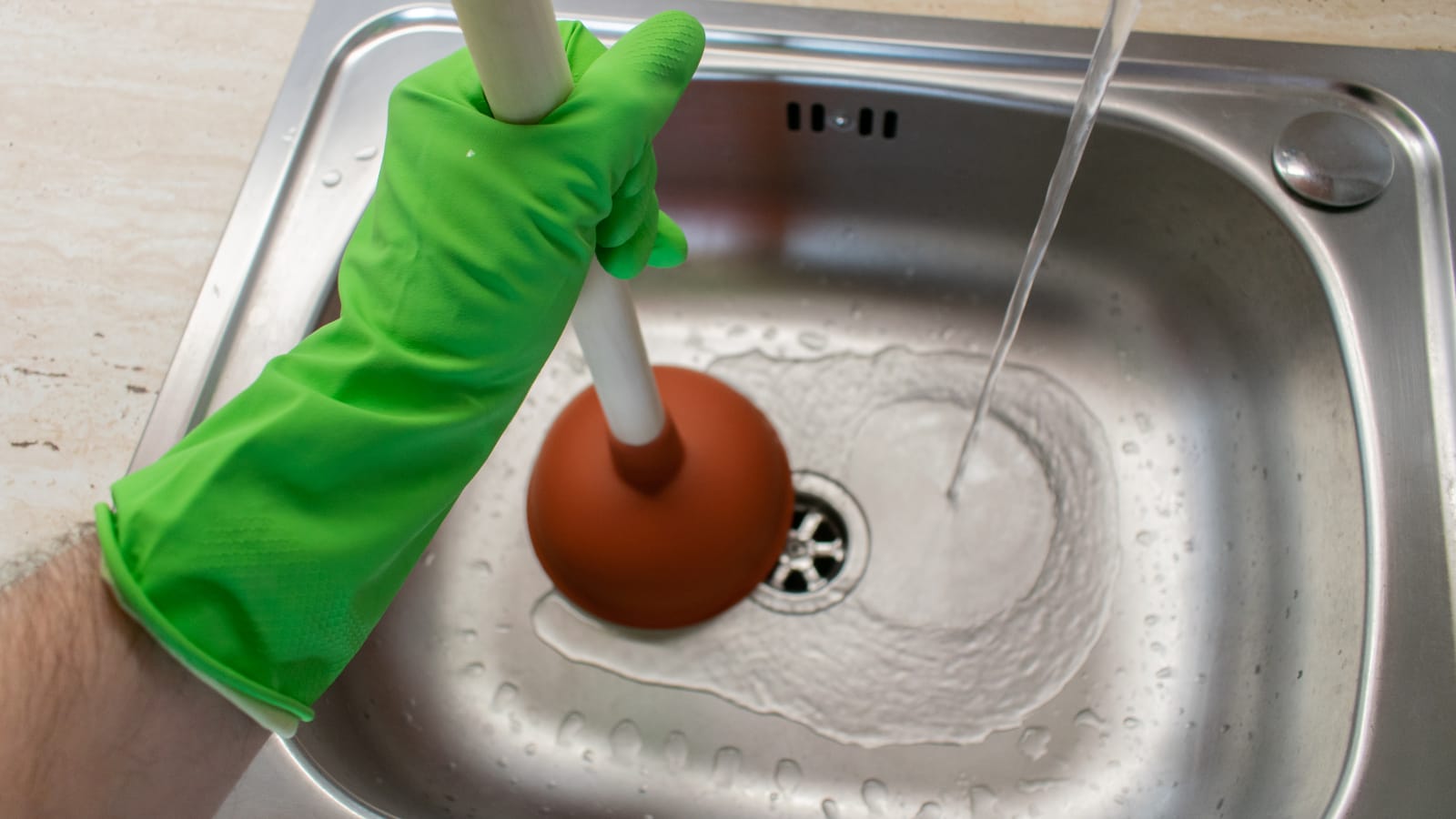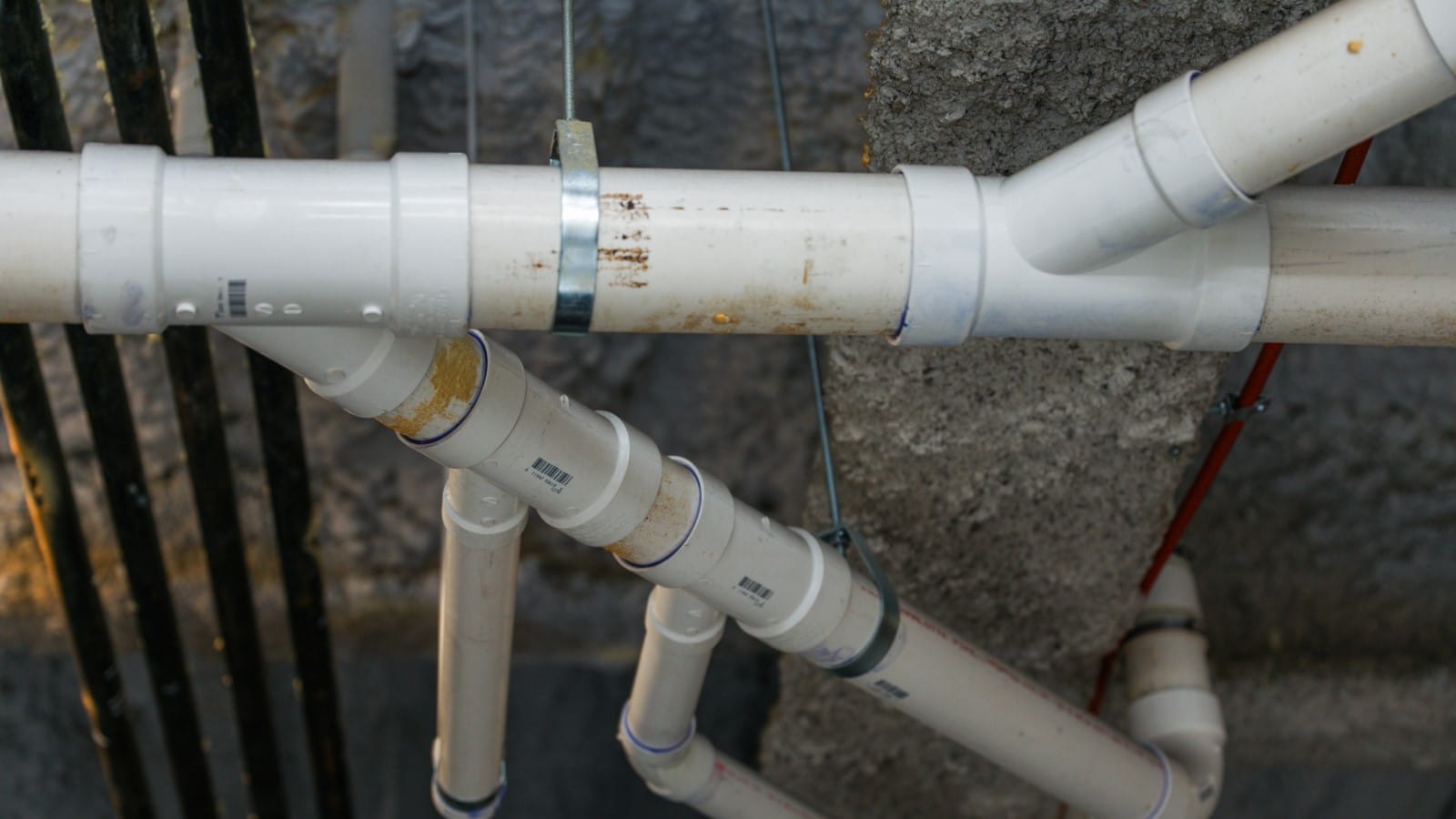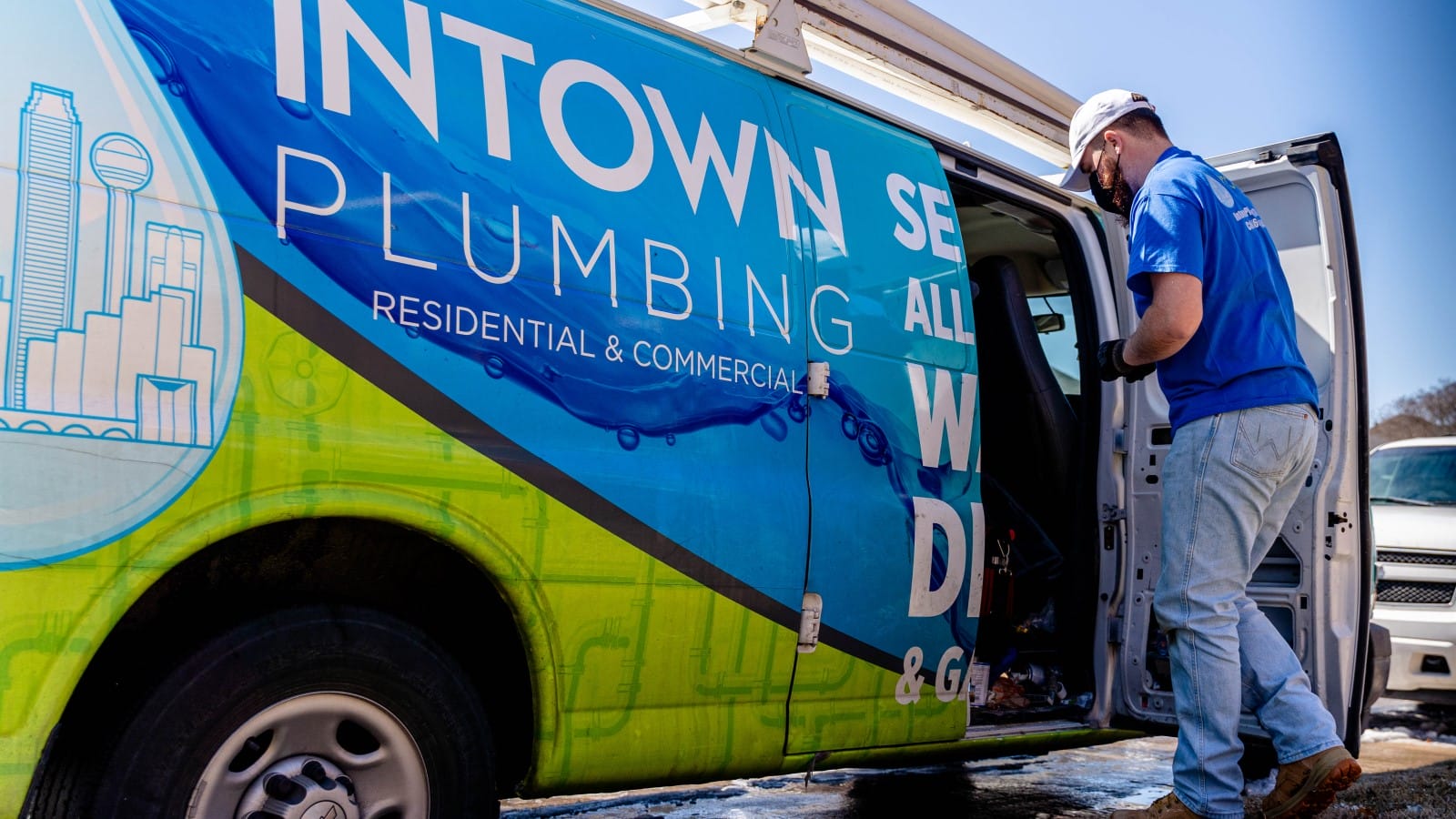Have you ever woken up to the unpleasant surprise of a clogged sink or a cold shower? Plumbing problems are a reality for homeowners everywhere, testing our patience and often our wallets. But what if you could tackle some of these issues on your own before they escalate into a full-blown emergency? In this article, we’re diving deep into the world of common plumbing issues, offering you practical solutions to fix them yourself, and insights on when it’s time to call in the professionals.
Summary Points
- DIY Fixes for Everyday Plumbing Issues: Learn how to address minor leaks, clogged drains, and more with tools you likely already have at home.
- Recognizing When It’s Time to Call a Plumber: Not all plumbing problems can be solved with a wrench and some elbow grease. We’ll tell you which signs indicate a need for professional help.
- Preventative Measures: Simple habits and routine checks can prevent many common plumbing issues, saving you time and money.
Plumbing issues, whether it’s a leaky faucet or a clogged toilet, can be more than just an inconvenience; they can lead to increased water bills and significant damage if left unaddressed. Whether you’re dealing with a dripping tap, a slow-draining sink, or low water pressure, you’ll find actionable solutions that can help you regain control over your home’s plumbing system.
We understand that not every problem has a simple fix. That’s why we’ll also help you recognize when a plumbing issue is beyond DIY repair, highlighting the importance of professional intervention for more complex situations like major water main concerns or persistent hot water heater troubles. By knowing when to call a plumber, you can avoid the pitfalls of exacerbating the problem, leading to further damage and expenses.
Dripping Faucets and Leaky Pipes
The Problem
A constant drip or a leak under the sink can be more than just annoying; it can lead to wasted water and increased bills. Dripping faucets are often caused by worn washers or O-rings, while leaky pipes may result from corrosion or loose connections.
The Fix
- For Faucets:
- Turn off the water supply.
- Remove the faucet handle and replace the worn washer or O-ring.
- Reassemble and test.
- For Pipes:
- Identify the leak source. If the pipe is merely loose, tightening the connection may solve the problem.
- For small leaks, applying epoxy putty or a pipe clamp might be a temporary fix until professional help is available.
Our Insight:
Regularly inspecting visible pipes and faucets for signs of moisture or rust can help catch leaks early before they cause significant damage.
Clogged Drains and Toilets
The Problem
Clogs are common in both drains and toilets, leading to slow drainage or backflows. These are usually caused by foreign objects, excessive toilet paper, or build-up of materials like hair and grease.
The Fix
- For Drains:
- Use a plunger or a plumber’s snake to dislodge blockages.
- A mixture of baking soda and vinegar can help dissolve minor clogs.
- For Toilets:
- A plunger specifically designed for toilets is often effective.
- For persistent clogs, a toilet auger can reach deeper into the drain.
Our Insight
Many sources recommend chemical cleaners, but these can damage your pipes over time. A safer, eco-friendly alternative is using boiling water mixed with dish soap for grease-related clogs.
Running Toilets
The Problem
A running toilet can waste gallons of water daily, impacting your water bill significantly. This issue often stems from a faulty flapper valve or an imbalanced float.
The Fix
- Check the flapper valve and replace it if it’s not sealing properly.
- Adjust the float to ensure the water stops filling at the correct level.
Our Insight
Adding food coloring to the tank can help you identify leaks if the colored water appears in the bowl without flushing.
Low Water Pressure
The Problem
Low water pressure can make daily tasks frustrating and is often due to clogged aerators or issues within your main water line.
The Fix
- Clean faucet aerators and showerheads by soaking them in vinegar.
- If the problem persists throughout the house, it may indicate an issue with the main water line, requiring professional assessment.
Our Insight
Regular maintenance checks on your water softener system, if you have one, can prevent sediment build-up that might affect water pressure.
Water Heater Issues
The Problem
Lack of hot water, unusual noises, or discolored water from your water heater can signal trouble, ranging from sediment buildup to faulty heating elements.
The Fix
- Flush the tank annually to prevent sediment buildup.
- Check the temperature setting on the unit; it might be set too low.
- Inspect heating elements or the pilot light in gas heaters for issues.
Our Insight
Insulating older water heater tanks and pipes can improve efficiency and prevent heat loss, extending the life of the unit.
Sewer Line Backups
The Problem
Sewer line issues can be serious, leading to backups and standing water in your yard. Tree roots, blockages, or broken pipes are common culprits.
The Fix
This is often a job for professionals, but you can:
- Avoid planting trees near sewer lines.
- Use enzyme-based cleaners monthly to reduce build-up that can attract roots.
Our Insight
Innovative solutions like trenchless sewer repair can fix pipes without significant disruption to your yard, a detail often overlooked in discussions about sewer line repairs.
Recognizing When to Call a Professional
Navigating Common Plumbing Problems from Leaky Faucets to Sewer Line Issues
When navigating the world of common plumbing problems, knowing when to DIY and when to call a professional is crucial. While minor issues like a slow-draining sink or a dripping faucet can often be fixed at home, certain scenarios demand expert attention:
- Persistent Clogged Toilets: If a plunger or auger doesn’t clear the blockage, it’s time for professional help.
- Leaky Faucets: A drip that continues after you’ve replaced washers or O-rings indicates a deeper issue.
- Major Water Main Concerns: These situations require specialized equipment and knowledge due to the high risk of water damage. Attempting DIY fixes can exacerbate the problem, necessitating professional intervention to protect your home.
- Malfunctioning Hot Water Heaters: If troubleshooting doesn’t restore your hot water, a plumber can diagnose and fix the problem.
- Persistent Kitchen Sink Problems: Frequent clogs or leaks could signify a need for expert intervention.
Attempting to tackle these problems yourself can lead to more damage, higher costs, and safety risks. A professional plumber will not only diagnose the root cause but also provide effective solutions, ensuring your plumbing system functions efficiently and protects your home from potential damage. This proactive approach saves you the hassle and expense of future repairs. Remember, while DIY fixes can seem appealing, understanding when to seek professional assistance is key to maintaining your home’s plumbing system’s efficiency and longevity.
Engaging With Professional Help
If you’re facing a problem beyond your skill level or without the necessary tools, consulting a professional plumber can save you time and prevent potential damage. Remember, the goal is to solve the issue effectively, not just temporarily. For residents in and around Rockwall, TX, considering the local climate and water quality can also affect plumbing systems, making professional advice invaluable for specific concerns.
Mastering Home Plumbing: Tackling Common Issues from Leaky Pipes to Main Water Line Fixes
As we wrap up this comprehensive guide on tackling common plumbing issues, it’s clear that a blend of DIY savvy and professional insight is key to maintaining a smooth and efficient home plumbing system. From minor fixes to understanding when to seek out the expertise of a professional plumber, this article has equipped you with the knowledge to address a range of plumbing challenges confidently.
In Closing: Essential Plumbing Insights
- DIY Plumbing Repairs: Gain the confidence to handle minor leaks and clogs using straightforward techniques that can save you time and money.
- Identifying Serious Plumbing Concerns: Learn to recognize the signs that indicate a plumbing issue is beyond a simple fix, necessitating the skilled hand of a professional.
- The Importance of Professional Evaluation: Understand when and why to call in a plumber for complex problems like water heater issues, leaking pipes, and sewer line troubles, ensuring your plumbing system’s longevity and efficiency.
- Preventative Measures for Plumbing Maintenance: Embrace proactive steps to avoid common plumbing problems, thereby minimizing potential damage and conserving water.
Remember, while many plumbing tasks can be managed on your own, there’s immense value in recognizing when a problem requires the expertise of a professional. By balancing DIY efforts with professional advice, you can ensure your plumbing system remains in top condition, protecting your home from potential damage and unnecessary expenses.
For homeowners, the journey through plumbing maintenance is ongoing. Armed with these insights, you’re now better prepared to face plumbing challenges head-on, ensuring your home remains a comfortable and safe space for all who dwell within.





